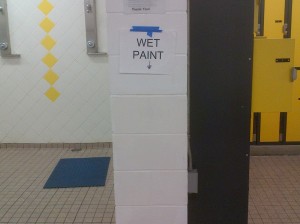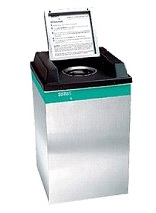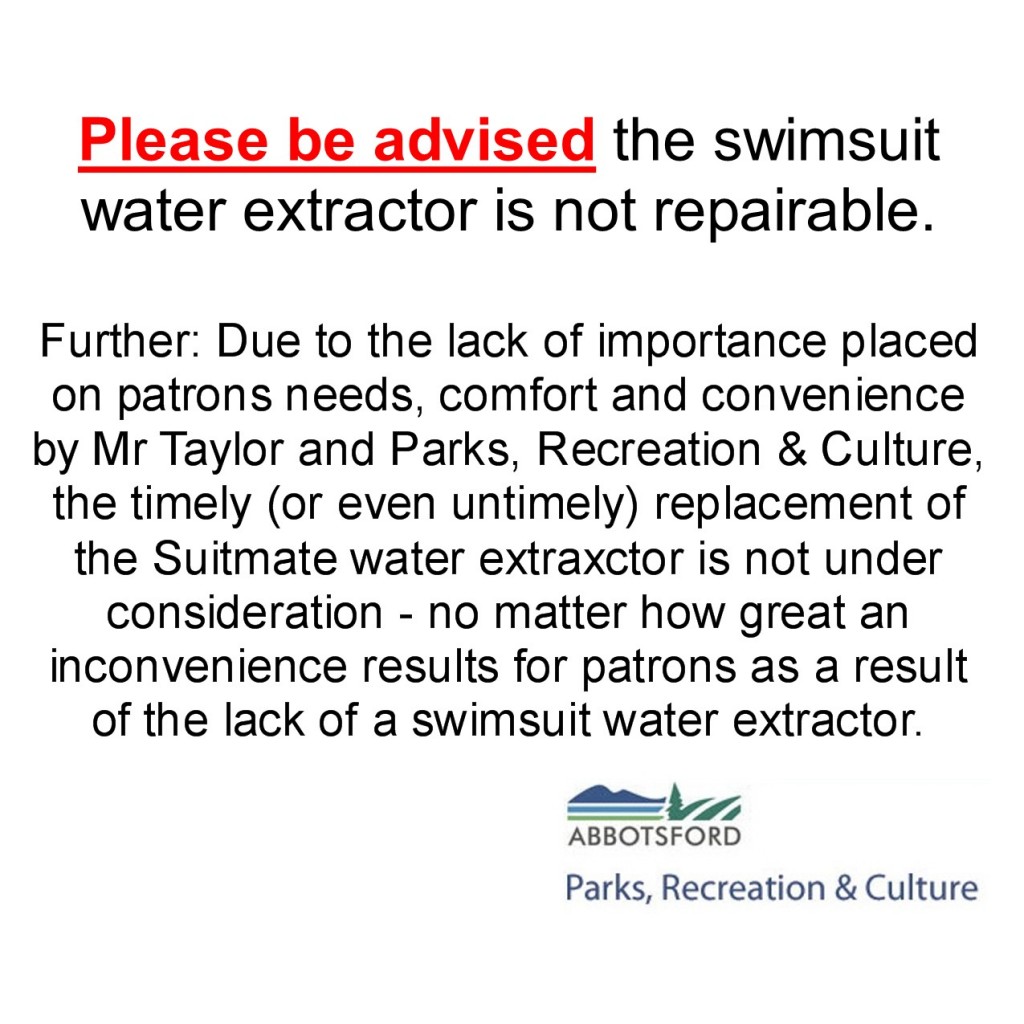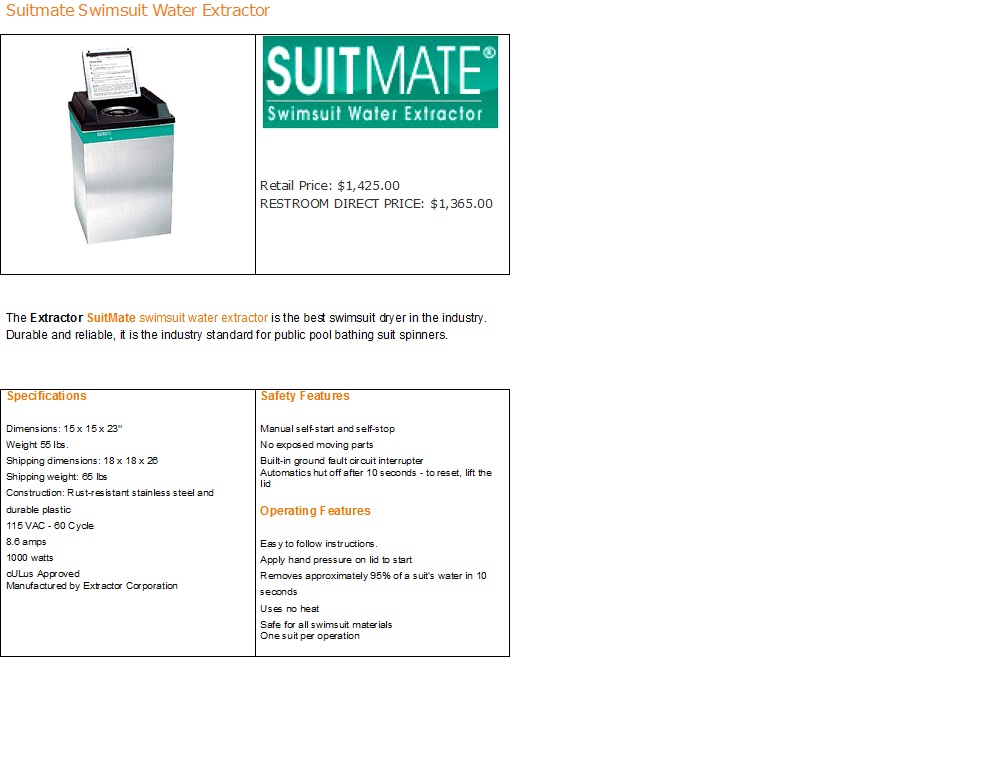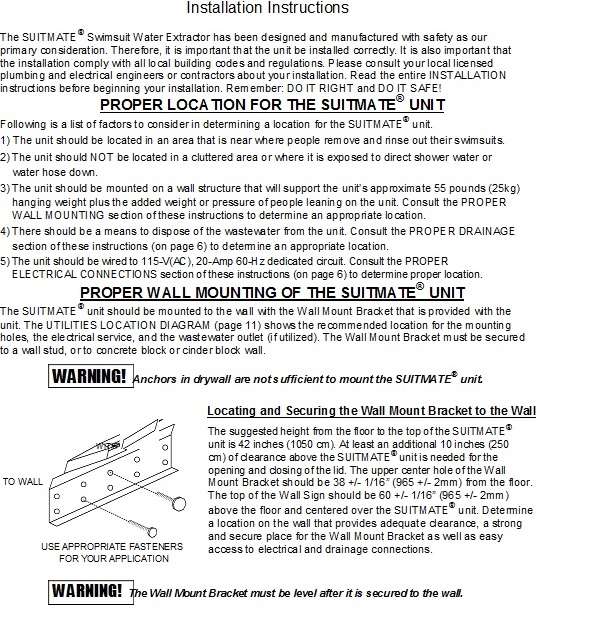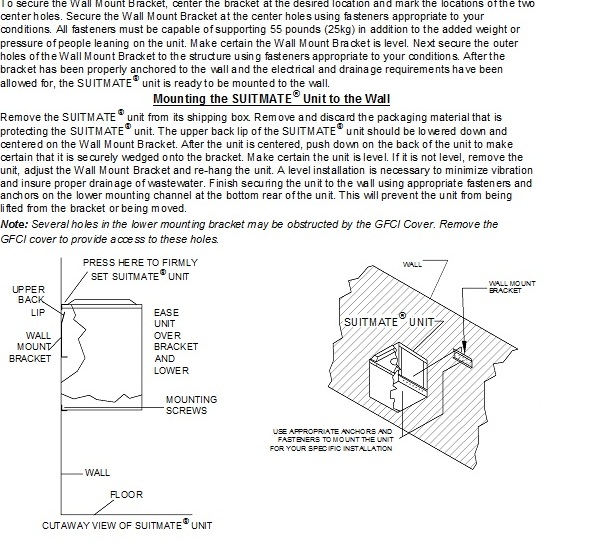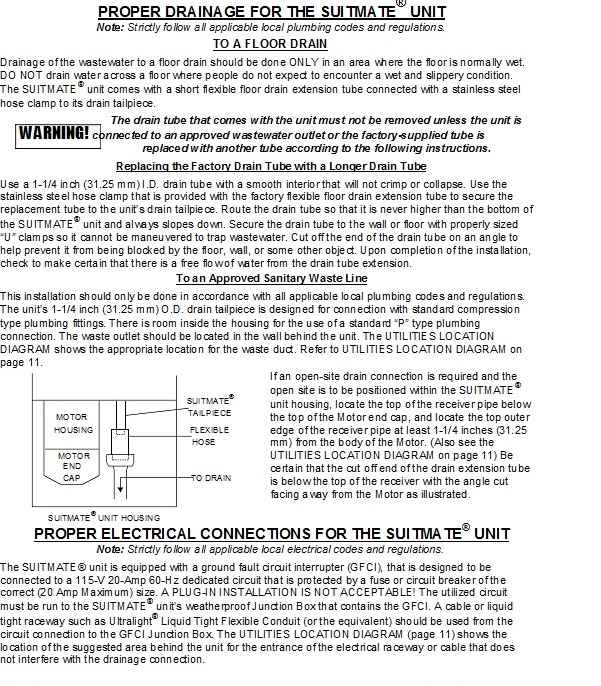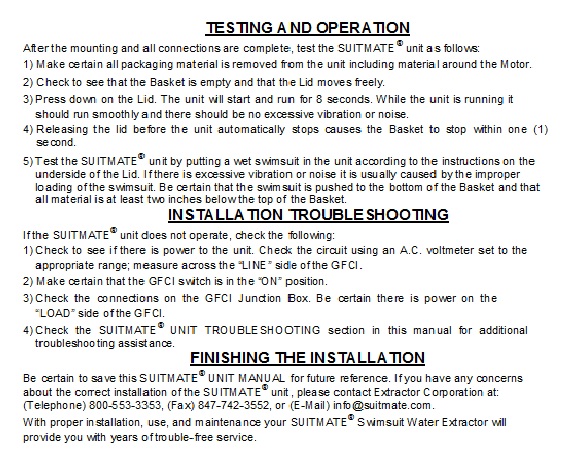Regular use of recreational facilities in Abbotsford drives home the reality that there is a better chance that Hell will freeze over than Mark Taylor and Parks, Recreation & Culture will pay attention to patron feedback or the needs, comfort and convenience of patrons.
It is a reality that can drive those under the mistaken impression that Parks, Recreation & Culture has any interest in patrons, outside of separating them from as many dollars as possible, to feeling as if they are banging their head against a brick wall when they deal with Parks, Recreation & Culture. Or drive them to want a cement block wall to bang their heads against.
To those who have experienced Parks, Recreation & Culture disdain for patrons needs a wall such as the one pictured above can be more than a stress reliving device. The wall can also, to the experience observer of the urban landscape, be a clear sign of Parks, Recreation & Culture brushing aside the needs, comfort and convenience of patrons.
Before being rendered it current pristine white, the wall pictured above bore evidence of the Suitmate unit that had been fastened upon the wall.
” With the SUITMATE® Swimsuit Water Extractor you can
remove up to 95% of a suit’s water in just 10 seconds“.
From the patron’s perspective, the Suitmate was THE outstanding renovation/addition to the change rooms [this assessment is based upon the responses of patrons when asked their thoughts on the Suitmate].
Hardly surprising patrons sorely miss the Suitmate when you consider the Suitmate offers ARC patrons the convenience of packing home a 95% dry suit as opposed to having to pack home a heavy, soaking wet swim suit.
For a patron of……..significant experience…… with Parks, Recreation & Culture, the pristine white state of the wall was as clear a Sign as if a notice had been posted.
To test the deductive reasoning that lead from the pristine wall to the conclusion that the Suitmate was no more, enquires were made of staff as to how matters stood vis-à-vis the Suitmate. These enquiries confirmed that the wall did indeed bear witness to the fact the Suitmate had ‘died’ and there was no intention to replace the Suitmate on a timely, or untimely, basis.
Asking why there were no plans to replace the Suitmate produced only vague responses leaving one with the impression the Suitmate units were of a costly nature and/or very hard to find and purchase and/or undependable and constantly breaking down and/or of no real benefit or convenience to patrons – who were blamed for causing breakdowns by treating the unit to roughly.
Clearly it was time to do some research on Suitmate.
Research Findings,
Research (see Exhibit A below) revealed a ‘Retail Price” of $1425.00 and a ‘Sale Price’ of $1365.00 from multiple Suitmate suppliers.
Consideration the service and convenience the Suitmate provides (provided) to patrons availing themselves of the ARC’s pool facilities, replacing one (or both) of the ARC Suitmate units would be a reasonable expenditure/expense. Even should it be necessary to replace one or both units every year the cost is acceptable in light of the convenience and service provided by the Suitmate units.
As to the difficulty reported by staff in obtaining Suitmate units, I am willing to do all the work necessary to locate and procure Suitmate units in exchange for a yearly Recreation pass. No matter the difficulty city staff have with getting Suitmate units, I have never found it particularly onerous to go on-line to Amazon.com and order what was needed – in this case Suitmate units.
As to the reliability of the Suitmate: research of the experience of other users of the Suitmate, supported the manufactures statements as to the quality and dependability of the Suitmate.
Research also turned up Exhibit B below the Maintenance Guidelines for Suitmate.
Enquiries made of patrons failed to turn up any patron aware of the weekly or monthly maintenance set out in Exhibit B being performed at all, much less performed weekly or monthly.
Research also found Exhibit C below, installation instructions.
Contained in the installation instructions under the heading PROPER LOCATION FOR THE SUITMATE® UNIT is the prohibition:
2) The unit should NOT be located……where it is exposed to direct shower water or water hose down.
The Suitmate was located in the change rooms which are cleaned several times a day by hosing down the floor. Resulting in water being splashed about to the point one needs to dry a spot on the benches after cleaning in order to have a dry place to sit and put your shoes on.
As to clients rough treatment of the Suitmate, the units are solidly constructed and research did not uncover patron use causing damage to the Suitmate elsewhere. Regarding concerns with how patrons use the Suitmate, the following is from the manufacturer’s installation instructions (Exhibit C).
POSTING THE WALL SIGN
Locate the top edge of the sign 60+/- 1/16” (1524 +/- 2mm) above the floor centered over the SUITMATE® unit. At this height the sign will not be blocked when the lid is raised. It will also serve as a stop to keep the Lid from striking the wall behind the unit.
The sign has an adhesive foam backing. Be certain the surface that the sign is to be mounted to is clean and dry. Without touching the sign to the wall, align the top of the sign 60+/- 1/16” (1524 +/- 2mm) above the floor and at the center of the unit. Press the sign to the wall and rub firmly over the adhesive portion of the sign.
Posting a sign setting out the operating instructions in a clear and highly visible way, rather than relying on patrons seeing and reading the small set of operating instructions on the inside of the Suitmate’s lid would provide patrons with clear instructions on proper use of the Suitmate, significantly reducing patron abuse of the Suitmate due to a lack of understanding on how to operate the Suitmate properly.
Posting the signs setting out how to properly operate would seem to be a ‘no brainer’. Should the sign referred to in the installation instructions have been omitted from the Suitmate due to being non-bilingual…..it would seem a ‘no brainer’ to create and post a sign setting out how to operate the Suitemate…….unless nobody read the installation instructions thoroughly enough to be aware of the need for a sign setting out how to operate the Suitmate.
The Suitmate provides a valuable service, is a valuable convenience, to patrons of the ARC pool such that even yearly replacement (at the cost revealed by research) would be a reasonable and justified expenditure.
Although the track record of the Suitmate elsewhere suggests that performing the weekly and monthly maintenance recommended by the manufacturer; protecting the unit from splashing as set out in the installation instructions; posting a sign providing operating instruction to the patrons as set out in the installation instructions; should significantly improve the longevity and reliability of Suitmate units at ARC.
All of which supports the IMMEDIATE purchasing and installing a replacement Suitmate unit for the men’s change room.
But then, as noted in the opening paragraph, there is a better chance that Hell will freeze over than Mark Taylor and Parks, Recreation & Culture will pay attention to patron feedback or the needs, comfort and convenience of patrons.
Exhibit A
Exhibit B
MAINTENANCE
These instructions are designed to keep your SUITMATE clean and operating properly.
The procedures should be followed at the recommended frequencies.
WEEKLY
1. Inspection
Pull the Basket to the side and check with a flashlight for trapped debris such as straps, strings, bathing caps, etc., inside the SUITMATE . If foreign objects or debris are found, remove them with a coat hanger or other implement.
2. Hygienic Cleaning
a. Mix a disinfecting cleaner at recommended strength in a 1/2-gallon bucket of water.
b. Clean the inside of the unit by spinning a small soft hand towel soaked in the cleaning solution. Repeat two or three times.
c. Use the spun towel to wipe down the Lid, plastic Top, sides and Basket.
3. Flushing
a. If your unit uses a drain hose or a P-trap, disconnect it from the units drain tail piece and inspect it for any obstruction.
b. With the drain hose or P-trap removed, place an empty (1/2-gallon capacity) bucket under the tailpiece to catch the flush discharge.
c. Slowly pour 1/2-gallon or less of cleaner water (use the disinfecting cleaner water from step a. in Hygienic Cleaning above for this procedure) into the top opening of your unit.
If the units drainage channels are open, the full amount of water poured into the unit should flow into the bucket within a few seconds. Check the discharge water for debris.
d. Repeat the 1/2-gallon flushes with fresh water until a free flow of water is established and the discharge water is clear of debris.
e. If you cannot establish free flow of water or if the discharge water spills out from under the unit, the tailpiece is plugged or the drain channels are blocked. Locate the blockage by pushing the Basket aside with one hand and, with a flashlight, determine where the blockage is and remove it. Repeat FLUSHING steps c. and d.
f. Reinstall the disconnected drain hose or P-trap.
MONTHLY
1. Case and Top care
a. Clean the black plastic Top with Armor All (or its equivalent).
b. Clean and polish the stainless steel Case with Liquid Gold (or its equivalent). If flat rust or stains are present use a medium grade steel wool to remove them. Be certain to rub with the grain of the Case (up and down not sideways). Follow with Liquid Gold for cleaning and polishing.
2. Testing the GFCI
Test the GFCI and record the results. The TEST and RESET buttons are on the face of the GFCI under the flip cover of the weatherproof Junction Box in the rear of the unit.
If you are having problems with your SUITMATE please read through the numbered questions below to see if the condition you are experiencing is described and answered. If you still have difficulty or wish to participate in the Exchange Program, call the Extractor Corporation.
1. Is the unit dead? No sound, hum, etc., when the Lid is held down?
NO. Go to question 2.
Is there power to the unit?
Go to question 1A.
NO. To make certain there is no power to the unit, use an A.C. voltmeter set to the appropriate range and measure across the LINE side of the GFCI.
1.A. Is the GFCI tripped out?
Reset the GFCI by pressing the red button.
NO. Go to question 1.B.
1.B. Is the Microswitch working?
Test the Microswitch by slowly depressing the Lid and listening for a faint click.
There is some other problem with the unit and an Exchange may be recommended.
NO. The Microswitch may be out of adjustment. Consult the SUITMATE MICROSWITCH ADJUSTMENT PROCEDURE in this manual.
2. Does the unit hum, but not operate, when the Lid is held down?
NO. Go to question 3.
Does the basket spin freely? Test by depressing the Brake Rods manually and trying to spin the basket. There is some other problem with the unit and an Exchange may be recommended.
NO. Something may be obstructing the Basket. Pull the Basket to the side and, with a flashlight, look for an obstruction. Remove the obstruction. If the obstruction cannot be removed, an Exchange may be recommended.
3. Does the unit Leak?
NO. Go to question 4.
There is probably an obstruction, of the drain hose or drain channel. Remove the drain hose and make certain it is not plugged. The drain channel is a two-inch U channel that runs around the perimeter of the interior of the unit. Check for an obstruction by pulling the Basket aside and, with a flashlight, look for something blocking the drain channel or hose. If foreign objects or debris are found, remove them with a coat hanger or other implement. If the unit still leaks an Exchange may be recommended.
4. Does the unit operate intermittently?
NO. Go to question 5.
Does the basket spin freely? Test by depressing the Brake Rods manually and trying to spin the Basket. The Motor Thermal Breaker may be faulty.
NO. There may be a partial obstruction of the Basket causing the Motor to overheat and the Motor Thermal Breaker to kick out. Check for an obstruction by pulling the Basket aside and, with a flashlight, look for something blocking the drain channel or hose. If foreign objects or debris are found, remove them with a coat hanger or other implement.
If the unit still leaks an Exchange may be recommended.
5. Does the GFCI keep tripping out?
NO. Go to question 6.
Is the unit connected to a 115 volt 20 ampere 60Hz
NO. Provide a 115 volt 20 ampere 60 Hz
The GFCI may be faulty. Check the GFCI with a A.C. voltmeter set to the appropriate range, or by bypassing the GFCI. If the unit does not kick out the main dedicated circuit breaker when bypassing the GFCI, the GFCI is probably faulty and should be replaced. If the GFCI is not faulty, an Exchange may be recommended.
6. Does the unit make excessive noise?
The patrons may not be operating the unit properly. Test by putting a swimsuit in the Basket and pushing it all the way down, making certain that it is evenly distributed in the bottom. Operate the unit. If the unit is still excessively noisy, an Exchange may be recommended.
NO.
If these questions have not led to a satisfactory answer to the problem with the SUITMATE , please call the Extractor Corporation at ________. We want you and your patrons to have the benefits of a smoothly operating SUITMATE Swimsuit Water Extractor.
Exhibit C

